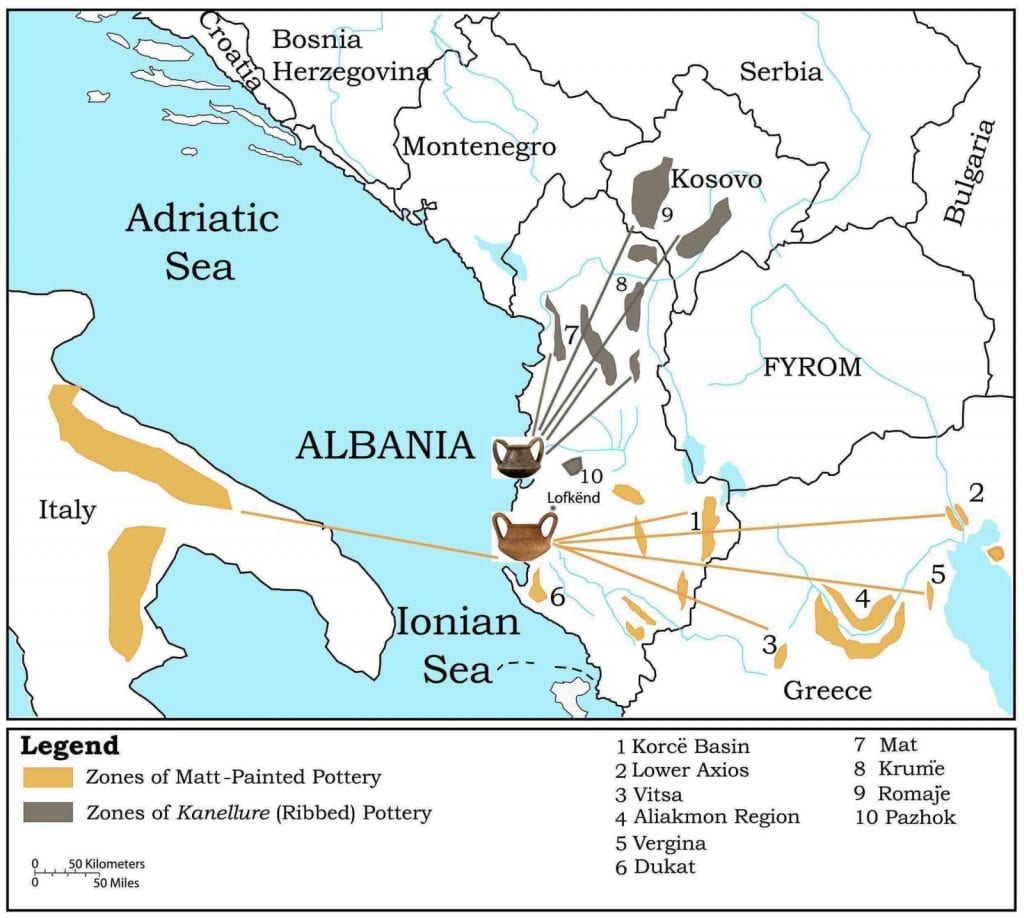Let's hope so, so we put this nonsense behind us. EV-13 is widespread all over Europe, but somehow it's a "Daco-Thracian" only marker according to some here.
Early Daco-Thracians had a big time in the Urnfield and Early Iron Age period, I think that's something you are missing. Because who do you think spread cremation to many areas? By the time when the historical records started, a large portion of these lineages were no Daco-Thracians any more, but the association is pretty clear.
Its about Channelled Ware (LBA-EIA) and Psenichevo-Basarabi (EIA-IA). These two are critical and you can follow them influencing first Urnfield and then Hallstatt on a big scale. Some of the typological elements observable in Hallstatt for the first time in Central Europe came from Channelled Ware/Basarabi.
The borderline is exactly between the Illyrian customs (Unterkrainische group) and the Basarabi/Dacian ones (Fr?g, Kalenderberg), both in Austria. Their influence reached far and the Thraco-Cimmerian elite package spread even wider. You need to put things into context and we need one group dominated by E-V13 which experienced a rapid expansion during the LBA-EIA. That's the basic recommendation based on the E-V13 phylogeny and modern distribution. It can't have been "just sitting around" at that time, but experience a phase of major expansion with a serious of founder effects for almost all important E-V13 lineages which lasted about minimum 200 years. That's just what Channelled Ware is about, it allowed its core carrier group to expand massively at the expense of people they replaced, dominated or had intensive contacts with.
Sadly this woman is in control if all the Komani cultural sights from Lezhe to Oher and she is not allowing it. Not so much unfamiliar as much as thinking it's hocus pocus. Or if you want to be a conspiracy theorist like myself, she's getting paid off by our neighbors lol.
Many archaeologists and historians are pretty far on the left and dislike the idea of genetic testing for ideological reasons. Just recently I heard a speech from a Serbian archaeologists who compared genetic testing with nationalist propaganda and framed it "politically dangerous".





